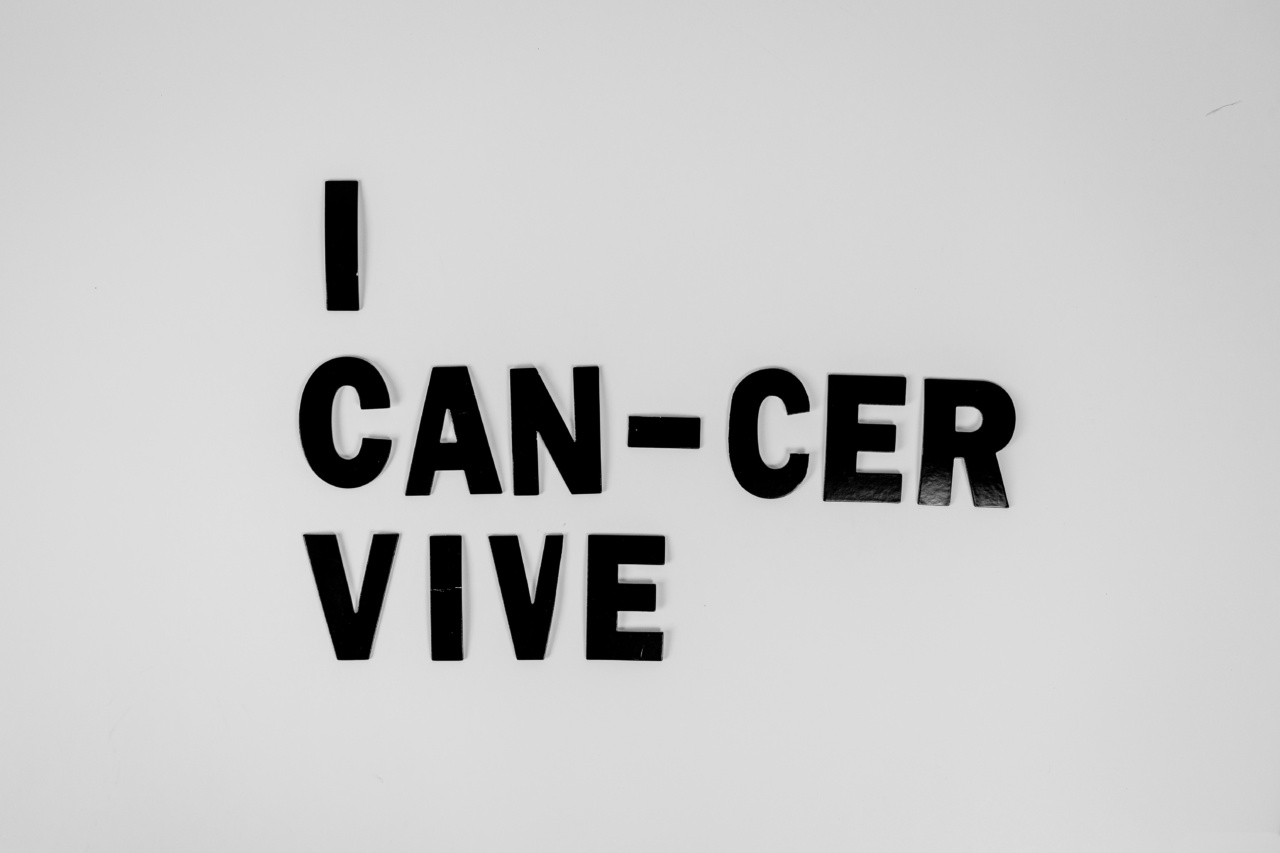Cancer is a deadly disease that has affected millions of people worldwide. There are various factors that contribute to the formation of cancer, and one of them is microbes. Microbes are tiny organisms that can cause various diseases, including cancer.
In this article, we will discuss the relationship between microbes and cancer formation.
What Are Microbes?
Microbes, also known as microorganisms, are small living organisms that cannot be seen with the naked eye. They include bacteria, viruses, fungi, and parasites. While some microbes are beneficial to our health, others can cause diseases like cancer.
How Do Microbes Cause Cancer?
Microbes can cause cancer in a few ways. Firstly, some microbes produce toxins that damage DNA in our cells, which can cause mutations and lead to cancerous growth.
Secondly, some microbes can cause chronic inflammation, which can also damage DNA and lead to cancer formation. Lastly, some microbes can infect and transform our cells into cancer cells. The most well-known example of this is the human papillomavirus (HPV), which can cause cervical cancer.
Types of Microbes That Can Cause Cancer
There are several types of microbes that have been linked to cancer formation. They include:.
Bacteria
Helicobacter pylori is a type of bacteria that can cause stomach ulcers and chronic inflammation, which can lead to stomach cancer. It is estimated that around 90% of stomach cancers are caused by H. pylori infections.
Viruses
There are several viruses that have been linked to cancer. Some examples include:.
- Human papillomavirus (HPV) – can cause cervical, anal, and oropharyngeal cancer
- Hepatitis B and C viruses – can cause liver cancer
- Epstein-Barr virus – can cause lymphoma and nasopharyngeal cancer
Fungi
Some types of fungi have been linked to cancer formation. For example, Aspergillus fungi can produce toxins that cause mutations in our cells and lead to lung cancer.
How to Reduce the Risk of Cancer from Microbes?
Preventing infections from microbes that cause cancer can reduce the risk of cancer formation. Some ways to reduce the risk include:.
Getting Vaccinated
Vaccines are available for some viruses that have been linked to cancer, such as the HPV vaccine and hepatitis B vaccine. Getting vaccinated can reduce the risk of developing cancer associated with these viruses.
Practicing Good Hygiene
Washing hands frequently and practicing safe sex can reduce the risk of infections from microbes that cause cancer.
Treating Infections
Seeking treatment for infections caused by microbes that can cause cancer, such as H. pylori infections, can reduce the risk of cancer formation.
Conclusion
Microbes play a significant role in cancer formation. Preventing infections caused by microbes that can cause cancer is important in reducing the risk of cancer formation.
Vaccines, good hygiene, and prompt treatment of infections can all help reduce the risk of cancer caused by microbes.




























